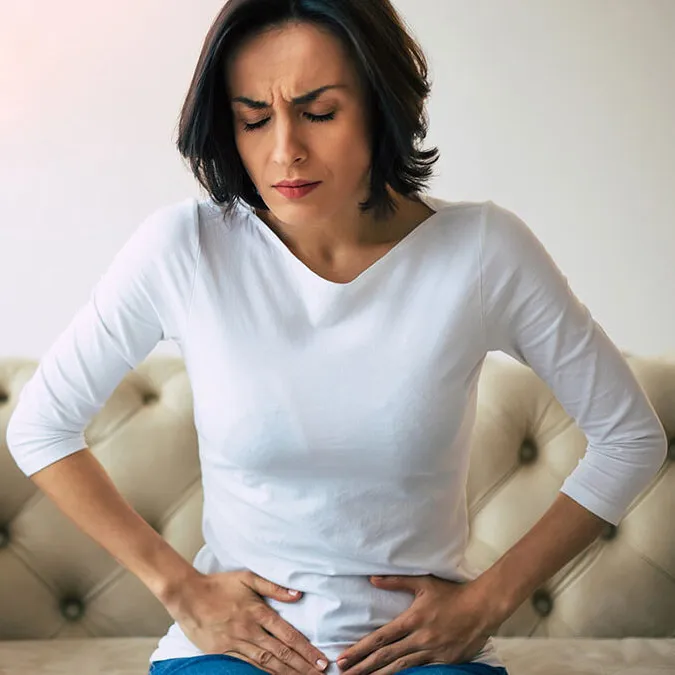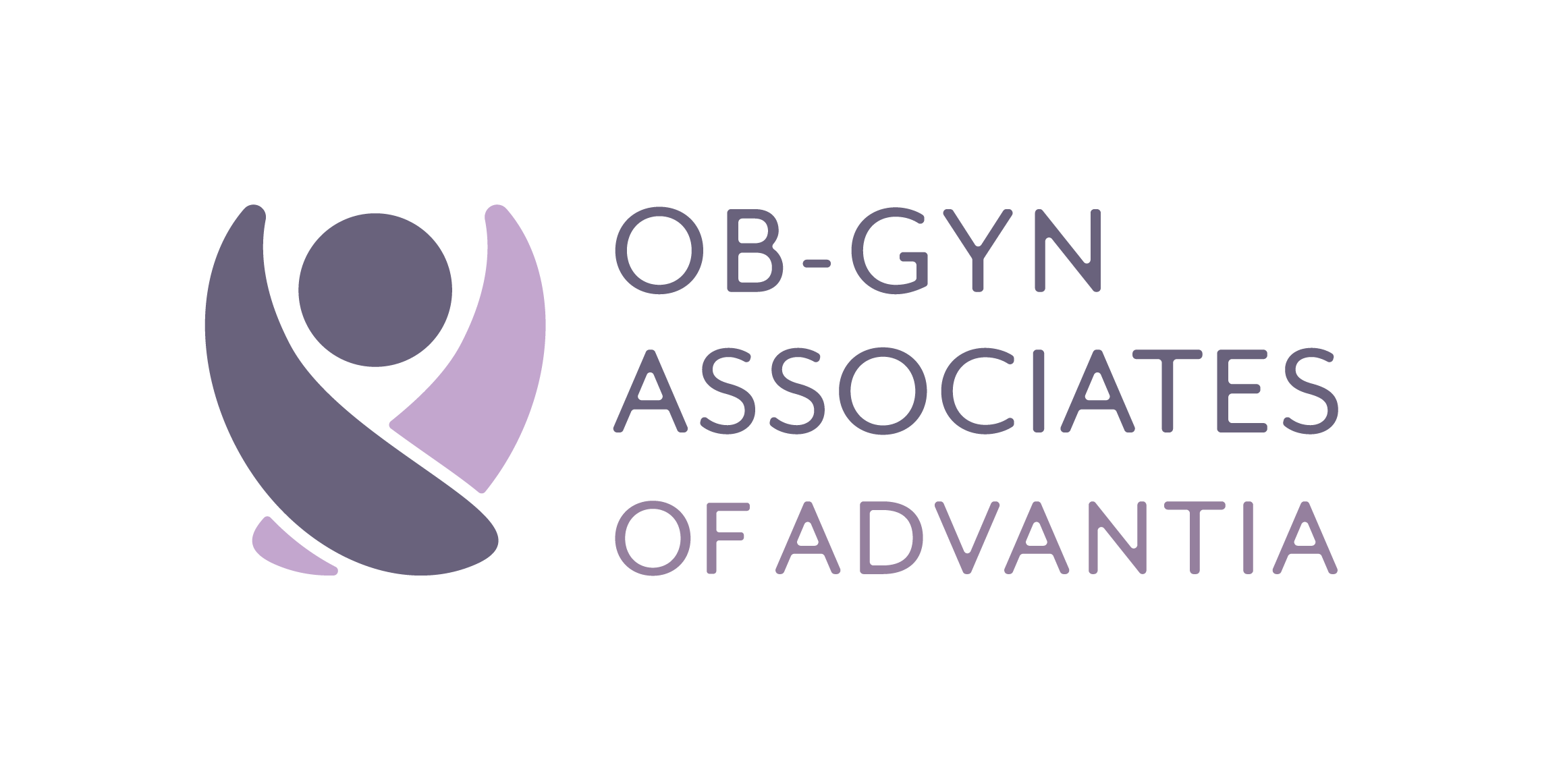
Published on: 25 March, 2022
Read Time: 3 min
Endometriosis is a common medical condition that primarily affects women of reproductive age (25-40). It occurs when cells that are normally found within the uterus begin to appear in other parts of the body as well. Places such as the ovaries, fallopian tubes or the peritoneum (a thin tissue that lines the abdominal organs).
Endometriosis will affect each woman differently. While some will experience no symptoms at all others may notice heavy periods, cramps, back pain or painful intercourse. In these cases, endometriosis can severely reduce quality of life and stop normal day to day activities.
For this reason, finding effective ways to manage endometriosis is important. Listed below are a number of management techniques to consider.
Endometriosis Management
At present, there is no known cure for endometriosis. However, the symptoms of endometriosis can be managed using a number of options. It may involve a combination of one or more of the following:
Medications
- Pain medications
- Contraceptive pills
- Hormone therapy
Surgery
The primary treatment of endometriosis is a surgical procedure known as excision of endometriosis. In this operation, the doctor will remove all visible endometriotic tissue within the pelvis. Once removed, symptoms should improve.
Additional techniques
- Pelvic floor physical therapy
- Meditation
- Exercise
- Lifestyle changes
Dietary changes
On their own, dietary changes will not cure endometriosis. However, some studies have shown that they can have a beneficial impact on symptoms.
The role of diet in endometriosis has gained more attention in recent years since it has been observed that diet, endometriosis and inflammation may be linked. This was discussed in a 2018 study published in the Journal of Endometriosis and Pelvic Pain Disorder. For that reason, it has been suggested that an anti-inflammatory diet may be one way to help combat the symptoms of endometriosis.
The items below follow the guidelines of an anti-inflammatory diet and may help reduce your symptoms.
Eat and drink more of the following:
- Omega-3 fatty acids: cold water fish (salmon, sardines, herring, mackerel) and fish oils, ground flax seeds or flax leafy green vegetables
- Low-glycemic foods
- Low-glycemic fruits: berries, cherries, apples, pears
- Foods high in antioxidants: yellow, orange, and red vegetables, dark leafy greens (spinach, Romaine lettuce)
- Vegetable proteins: soybeans, beans, lentils, legumes, nuts, seeds
- Complex carbohydrates: whole grains, brown rice, bulgur wheat, sweet potatoes
- Beverages: water, tea (white, green, black, Oolong)
- Daily Magnesium Glycinate or Threonate
Eat and drink less of the following:
- Animal and dairy proteins (they contain arachidonic acid which increases inflammation)
- Meat, especially red meat
- Dairy (except high quality cheese and yogurt)
- Simple carbohydrates: gluten and wheat, white flour products, crackers, chips, pastries, other snack foods
- Saturated and trans fats: butter, cream, high-fat cheese
- Highly processed foods: foods with a long shelf life (chips, crackers)
- Beverages: Alcohol
While there are no clear recommendations for dietary changes in endometriosis, some of this preliminary evidence can be used to help guide some of your future dietary choices.
The management of endometriosis may require the use of multiple tools as opposed to using just one option. Your doctor can help you determine which approach will work best for your own personal health needs and circumstances.





